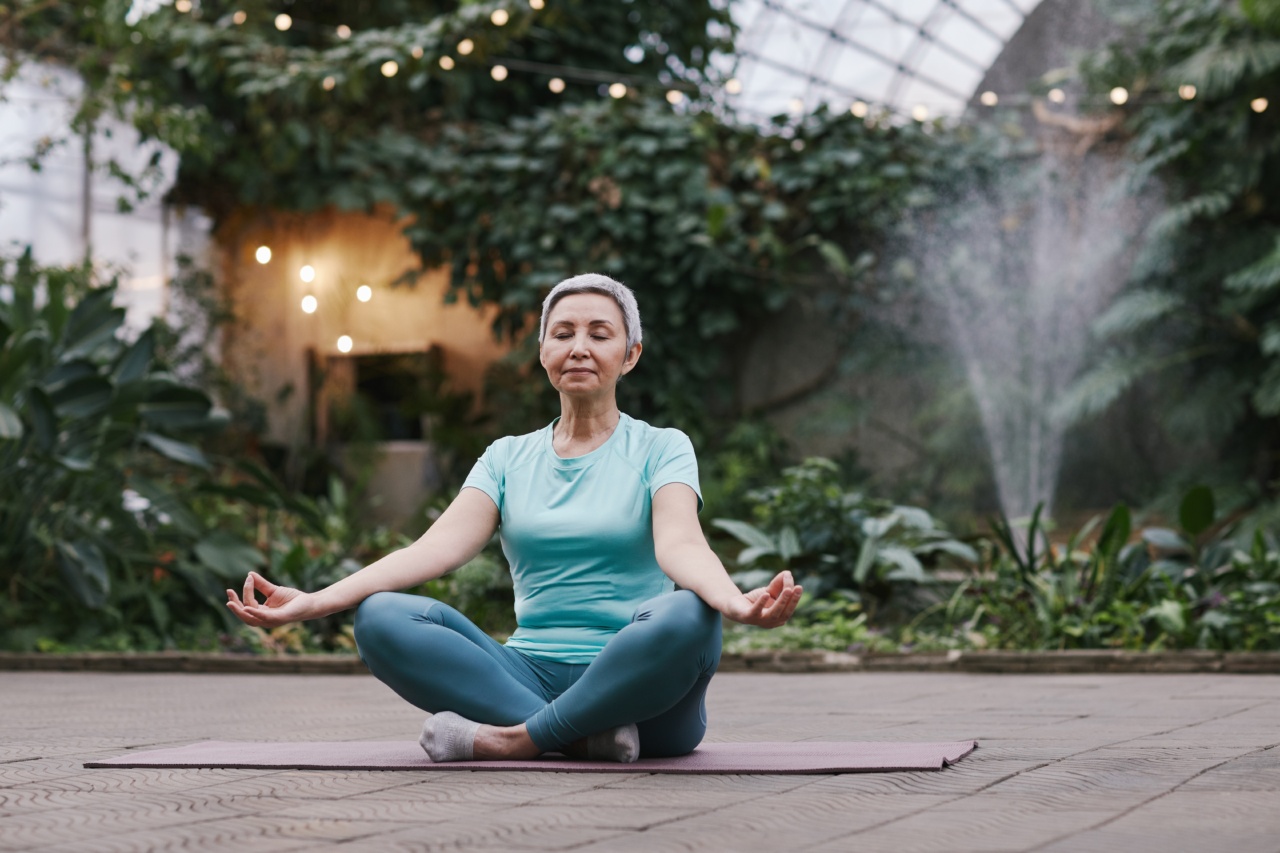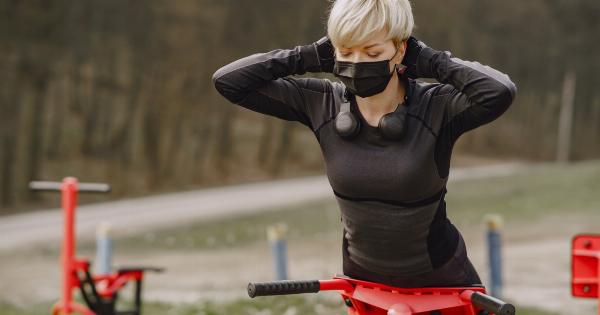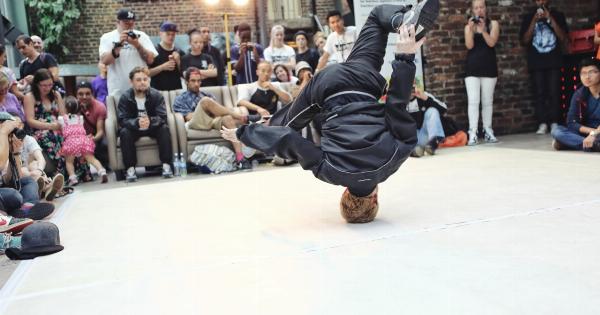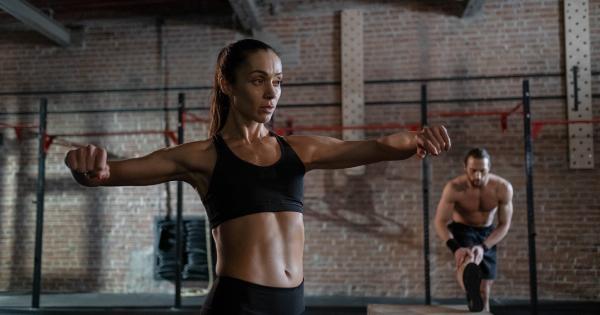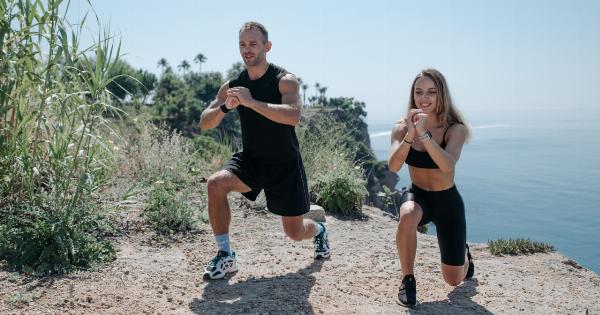Stand-Up Paddleboarding (SUP) is not only a great way to enjoy the water and soak up some vitamin D, but it also offers an incredible workout, especially for your core.
This low-impact exercise engages your abdominal muscles and helps you build strength, stability, and endurance. In this article, we will explore why SUP is the ultimate ab workout and how you can make the most of it to achieve a toned and sculpted core.
The Benefits of SUP for your Abdominal Muscles
Stand-Up Paddleboarding involves paddling while standing on a board and using a long paddle to propel yourself forward. This full-body workout primarily relies on your core muscles to maintain stability and balance on the unstable surface of the water.
Here are some of the benefits of SUP for your abdominal muscles:.
1. Core Engagement
SUP requires constant engagement of your core muscles to maintain your balance on the board.
As you paddle, your abdominal muscles, including the rectus abdominis, obliques, and transverse abdominis, are actively involved in stabilizing your body and providing power for each stroke.
2. Stability and Balance
Balancing on the paddleboard in unpredictable water conditions requires strong core muscles.
By regularly practicing SUP, you can improve your stability and balance as your core becomes stronger and more accustomed to controlling your movements on the board.
3. Rotational Movements
SUP engages your core muscles through rotational movements. As you paddle, you engage your obliques, which are responsible for rotating your torso and propelling you forward.
These rotational movements not only target your core but also help strengthen your back muscles, improving your overall posture and preventing lower back pain.
4. Low-Impact Exercise
SUP is a low-impact exercise that reduces strain on your joints. Unlike high-impact exercises such as running or jumping, which can be hard on your knees and ankles, SUP provides a gentle yet effective workout for your entire body, including your abs.
5. Variation in Intensity
Whether you’re looking for a high-intensity workout or a more relaxing paddle, SUP can cater to all fitness levels. You can increase the intensity of your ab workout by paddling at a faster pace or tackling challenging water conditions.
On the other hand, you can enjoy a slower-paced paddle to engage your core muscles while taking in the serenity of nature.
Tips for Maximizing Your Ab Workout on a SUP
Here are some tips to help you make the most of your ab workout while Stand-Up Paddleboarding:.
1. Warm Up
Before hopping on your paddleboard, ensure you warm up your muscles to reduce the risk of injuries. Perform dynamic stretches that focus on your core, such as standing trunk rotations and side bends.
2. Engage Your Core
Throughout your paddleboarding session, consciously engage your abdominal muscles. Imagine drawing your belly button towards your spine to activate your deep core muscles.
This engagement will enhance your stability and maximize the benefits for your abs.
3. Practice Balance Exercises
To improve your balance and target your core muscles further, incorporate balance exercises into your SUP routine. Try standing on one leg for a certain period or perform single-leg squats on the board.
These exercises challenge your core to maintain stability while strengthening your leg muscles.
4. Focus on Proper Technique
Pay attention to your paddleboarding technique to ensure you are effectively engaging your core muscles. Keep your back straight, engage your abs, and use your entire core to generate power with each stroke.
By maintaining proper form, you will maximize the effectiveness of your ab workout while also preventing injuries.
5. Include Interval Training
To add intensity to your ab workout, incorporate interval training into your SUP routine. Alternate between high-intensity paddling bursts and periods of active recovery.
This approach will challenge your core and help you burn more calories while enjoying the water.
Conclusion
Stand-Up Paddleboarding is not only a fun water activity but also an excellent workout for your core muscles. By engaging your abdominal muscles while maintaining stability and balance on the paddleboard, you can sculpt and strengthen your abs.
Incorporate the tips mentioned in this article into your SUP routine to maximize the effectiveness of your ab workout. So, grab your paddleboard, head to the water, and start paddling your way to toned and chiseled abs!.
